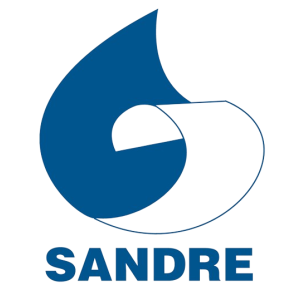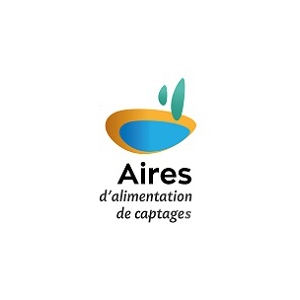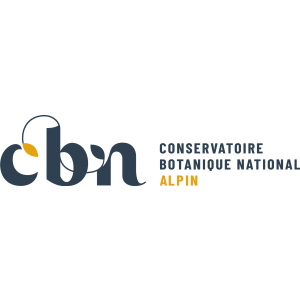
Document généré le 02/12/2025 depuis l'adresse: https://www.documentation.eauetbiodiversite.fr/fr/notice/sex-differentiation-in-the-histology-of-the-digestive-gland-of
Titre alternatif
Producteur
Contributeur(s)
EDP Sciences
Identifiant documentaire
10-dkey/10.1051/alr/2017024
Identifiant OAI
oai:edpsciences.org:dkey/10.1051/alr/2017024
Auteur(s):
Eleni Stathopoulou,Chrisoula Apostologamvrou,Dimitris Vafidis,Eleni Mente,Panagiotis Berillis
Mots clés
Digestive gland
R-cells
B-cells
F-cells
Date de publication
08/08/2017
Date de création
Date de modification
Date d'acceptation du document
Date de dépôt légal
Langue
en
Thème
Type de ressource
Source
https://doi.org/10.1051/alr/2017024
Droits de réutilisation
Région
Département
Commune
Description
The aim of this research is to study the seasonal histological changes in the digestive gland of males and females Nephrops norvegicus at the Pagasitikos Gulf. The food availability in Pagasitikos Gulf varies and depends on the seasonality, physicochemical conditions and diversification of organic material. After obtaining histological sections, the size of tubules, their lumens and the R-, F- and B-cells were calculated in March and May. A special image analysis algorithm was used that can automatically calculate both the above area ratios using digestive gland histological sections. Both male and female, which were sampled in May, had a larger density of lipid droplets than N. norvegicus sampled in March. However, females sampled in May had more lipid droplets per tubule and a smaller F-cell-to-tubule ratio than males, which indicated that the intensive feeding period had started for reproduction in the females. The digestive gland can be used as a nutritional indicator to assess the nutritional status of Nephrops stocks and to assist with the management of the Nephrops wild stocks by proposing a seasonal fishery management plan to improve the sustainability of the stocks.
Accès aux documents
0
Consultations
0
Téléchargements






























